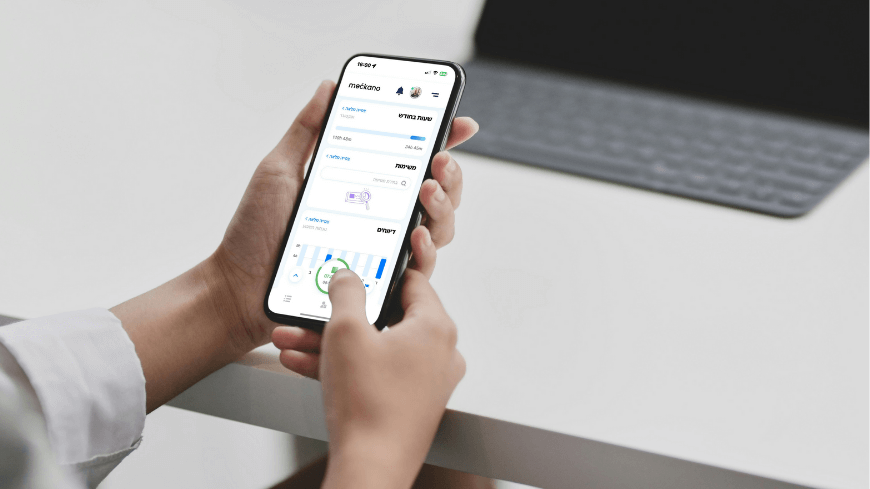Return to office (RTO) is no longer just about showing up – it has become a test of trust between managers and employees. Employers are pushing for more in-office days and stricter oversight. Employees, on the other hand, have become accustomed to flexible work and the work-life balance it enables – and they’re not willing to give it up.
The outcome is clear: since the start of 2024, office attendance has increased by only 3%, while employer expectations have risen by 12%. Global giants like Amazon, AT&T, Google, and Microsoft have already toughened their on-site policies.
This widening gap is driving growing tension – and organizations must learn how to navigate it wisely.




